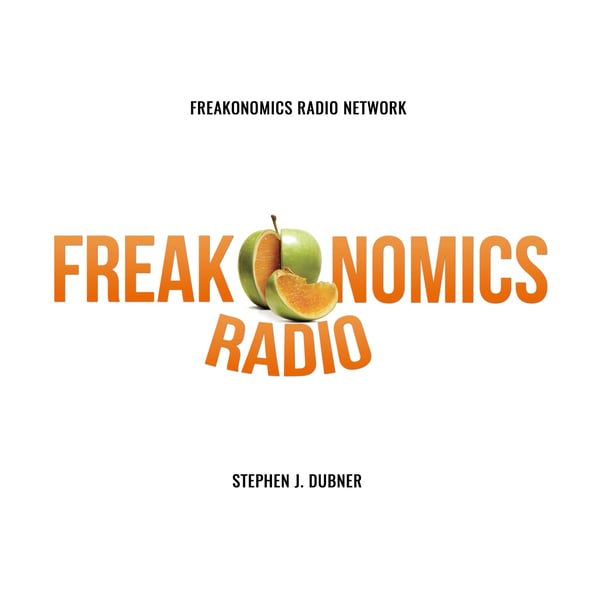194. How Safe Is Your Job?
Freakonomics Radio
Freakonomics Radio + Stitcher
4.6 • 32K Ratings
🗓️ 29 January 2015
⏱️ 34 minutes
🧾️ Download transcript
Summary
Transcript
Click on a timestamp to play from that location
| 0:00.0 | In terms of home entertainment, in the late 19th century and into the 20th century, the piano was the focus. |
| 0:17.0 | That's Richard Lieberman. I'm professor of history at LaGuardia Community College and director of the LaGuardia and Wagner Archives. |
| 0:24.0 | Part of it was prosperity. As people got more disposable income, they spend it on things like pianos. |
| 0:32.0 | And that's James Barron, a New York Times writer. Barron and Lieberman have both written books about the Steinway Piano Company. |
| 0:38.0 | And part of it was, pianos were aspirational and the United States was an aspirational country. And the aspiration of a piano was toward culture. |
| 0:49.0 | It was a small, mom-and-pop store industry. There were hundreds of piano makers. And Steinway came to New York because there were hundreds of these people. |
| 1:01.0 | Being in the piano business in the 19th century must have been a lot like being in the software business in the 1990s or the.com business a few years later. |
| 1:11.0 | Jim Barron puts the peak of piano making at 1905 when they made 400,000 pianos. But the party couldn't last. |
| 1:21.0 | At the beginning of the 20th century, piano makers were being assaulted almost from all sides. The phone graph, the record play. |
| 1:28.0 | I am the Edison's photograph, created by the great Wizard of the New World. Now that was invented by Edison in 1877. But it isn't until 1915 that it really starts to compete with the piano. |
| 1:43.0 | And Edison's phonograph meant you could have music without pyrr some lessons or hours of tedious practice. |
| 1:52.0 | I can send four few to the realms of music. I can call you to join in the recent ten. |
| 1:59.0 | Music, which up until that point, had to be generated by members of the family or friends, could now come into your home to a radio. |
| 2:11.0 | You could get concert music in your home and you didn't have to take any piano lessons. |
| 2:22.0 | In 1914, piano sales totaled $56 million. That was more than double the sales of phonographs. |
| 2:30.0 | Now in 1919, just five years later, sales of record players hit $158 million. Radio soon eclipsed that. By World War I, pianos were no longer an essential element of every living room. |
| 2:45.0 | By 1933, two-thirds of American homes had at least one radio. |
| 2:54.0 | The depression was hard on piano companies. Steinway tried to make gliders during World War II. They became a defense subcontractor. |
| 3:02.0 | But then after the war, they couldn't use the wood that they still had on hand because it had been there for too long in their lumber yard. |
| 3:11.0 | So they ended up making caskets. Talk about a dying industry. |
| 3:16.0 | Companies are making about 30,000 acoustic pianos a year now. They made 32,000 in 2013. That's about 8% of what they made at their peak in 1905. |
| 3:30.0 | So that's terrible news, isn't it? At least for all the people involved in the piano industry. Sure, it's terrible news. But wait a minute. |
... |
Please login to see the full transcript.
Disclaimer: The podcast and artwork embedded on this page are from Freakonomics Radio + Stitcher, and are the property of its owner and not affiliated with or endorsed by Tapesearch.
Generated transcripts are the property of Freakonomics Radio + Stitcher and are distributed freely under the Fair Use doctrine. Transcripts generated by Tapesearch are not guaranteed to be accurate.
Copyright © Tapesearch 2025.

